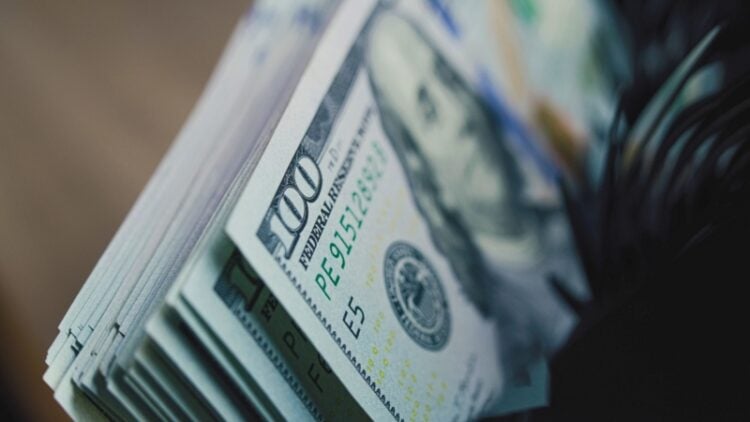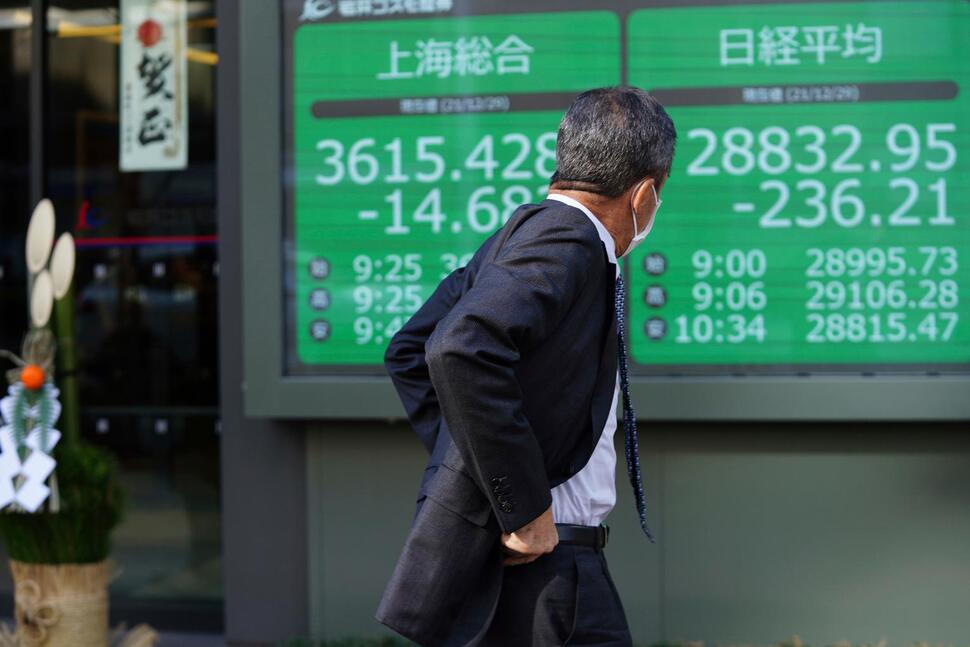Publisher: Maaal International Media Company
License: 465734
Dollar steady but vulnerable as tariff worries take hold
The U.S. dollar inched higher on Wednesday but was set for its weakest monthly performance since November 2022 as erratic U.S. trade policies under President Donald Trump left the greenback vulnerable while boosting the euro, yen and Swiss franc, Reuters reported.
The White House has retreated several times on the sweeping tariffs Trump unveiled in early April that led to a global stock market meltdown and prompted investors to flee the normally safe-haven U.S. dollar and Treasury debt.
Trump signed a pair of orders on Tuesday to soften the blow of his auto tariffs with a mix of credits and relief from other levies on materials. Trump’s trade team also touted its first deal with a foreign trading partner.
اقرأ المزيد
U.S. Treasury Secretary Scott Bessent said the administration is making progress on tariff negotiations, noting that deals are forthcoming for India and South Korea.
The developments helped ease some tensions as investors and companies worry about the economic fallout of the tariffs, with indications the duties will weigh on growth and could drive up inflation and unemployment.
“We estimate ‘peak tariff’ has passed,” said Kristina Clifton, an economist at the Commonwealth Bank of Australia. “However, damage has been done to confidence, the U.S. economy and the global trading system.”
The euro was slightly weaker at $1.1372 after dropping 0.33% in the previous session. Still, the common currency has benefited from investors fleeing U.S. assets and is up over 5% in April, on course for best monthly performance since November 2022.
The Swiss franc last bought 0.8236 per dollar and was on course for a rise of more than 7% for the month, its strongest performance in over a decade.
The yen weakened a bit to 142.53 per dollar ahead of the Bank of Japan’s policy decision on Thursday where the central bank is expected to keep interest rates unchanged. The yen has risen over 5% against the dollar in April, its strongest monthly performance since last July.
Investors remain worried about the tariff impact after data on Tuesday showed a gradually declining U.S. economy. Job openings dropped sharply in March, but a drop in layoffs suggested the labour market remained on solid footing.
The Conference Board’s U.S. consumer confidence index though sank to a nearly five-year low in April. Companies across the world are already showing signs of strain as delivery giant UPS unveiled 20,000 job cuts while General Motors pulled its outlook.
The spotlight will now be on the advance GDP estimate for the January-March quarter due on Wednesday, which will coincide with Trump’s 100 days in office.
A Reuters survey of economists forecast GDP likely increased at a 0.3% annualized rate last quarter, which would be the slowest pace since the second quarter of 2022.
But the survey was concluded before data on Tuesday showed the goods trade deficit surged to an all-time high in March amid record imports, which prompted economists to sharply downgrade their GDP estimates.
“Clearly, importers have been trying to get as many products into the country as they can before tariffs hit, with the result set to be a huge drag on GDP growth in Q1 2025,” ING economists said in a note.
Also in focus will be the report on U.S. personal consumption expenditure, the Federal Reserve’s favourite gauge of inflation, scheduled for release later in the day.
The Australian dollar was 0.46% stronger at $0.64135 after consumer price data proved a little firmer than forecast, though a key measure of core inflation still slowed enough to keep the door open to an interest rate cut next month.
In other currencies, the New Zealand dollar last bought $0.5933 and was up 4.4% in the month. Sterling last fetched $1.33865, on course for 3.8% rise in April, its strongest monthly performance since November 2023.
China’s yuan inched lower against the dollar on Wednesday and looked set to post a loss for the month, as early signs of damage on the broader economy from higher U.S. tariffs start to emerge.
China’s manufacturing activity contracted in April, an official factory survey showed on Wednesday, keeping alive calls for further stimulus as Trump’s broad April 2 “Liberation Day” tariffs snapped two months of recovery.
The dollar index, which measures the U.S. currency against six other units, was 0.14% higher at 99.316, but remained not far from the three year low it touched last week. The index is down 4.6% this month, its weakest performance since November 2022.









